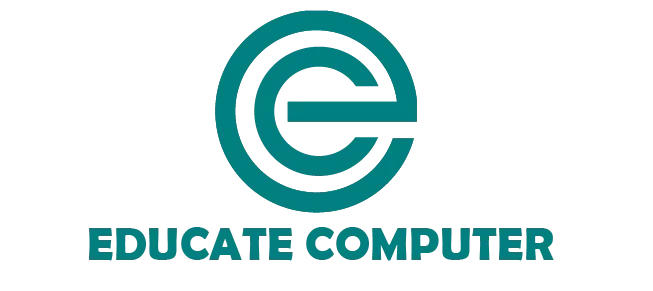Here you will find the most important 11th class Computer Science solved exercise MCQs with answers from chapter 6 (Security, Copyright and the law). All the correct answers have been bold. These class 11th computer science MCQs are special because they’re created by experienced teachers who know exactly what you need to learn.
1st Year Computer Chapter 6 MCQs With Answer
Here are the mcqs of first-year computer science Chapter 6 Security, Copyright, and the Law:
1. A virus program is usually hidden in:
a. The operating system only
b. An application program only
c. The disk drivers
d. The operating system or application programs
2. Most computer crime are committed by:
a. Hackers
b. International spies
c. Highly paid computer consultant
d. Computer operators
3. Types of software that can be freely distributed without violating copyright laws are called:
a. Shareware
b. Public domain
c. Copy protected
d. a and b
4. Information is:
a. A marketable commodity
b. It can be stolen while leaving the original behind
c. Should be free, according to the original hacker ethic
d. All of the above
5. A virus that replicates itself is called:
a. Bug
b. Worm
c. Vaccine
d. Bomb
6. Another name for free software is:
a. Encrypted software
b. Copy-protected software
c. Public domain software
d. Shareware
7. Another name for antivirus is:
a. Vaccine
b. Worm
c. Trojan horse
d. DES
8. Security protection for personal computers includes:
a. Internal components
b. Locks and cables
c. Software
d. All of Above
9. A secret word or number to be typed on a keyboard before any activity can take place is called:
a. Biometric data
b. Data encryption
c. Password
d. Private word
10. What is the most common computer crime of these listed below:
a. Extortion of bank funds
b. IRS database sabotage
c. Putting people on junk mailing lists
d. Software piracy
11. Who is responsible for the security of online data?
a. User
b. LAN Administrator
c. Internet Service provider
d. Organizations obtaining the data
12. A computer virus is simply a:
a. A disease
b. Set of computer instructions or code
c. Type of bacteria
d. Hardware component
13. A program that interferes with the normal working of a computer is called:
a. Virus
b. Antivirus
c. Freeware
d. Bacteria
14. A special program that can detect and remove viruses from a computer is called.
a. Virus
b. Anti-Virus
c. Groupware
d. Custom
15. McAfee is an example of:
a. Virus
b. Antivirus
c. Hacker
d. Worm
16. Trojan Horse is a type of:
a. Antivirus
b. Virus
c. Software
d. Horse
17. Which of the following is not a cause of the virus?
a. E-mail
b. Networks
c. Pirated software
d. McAfee
18. How does a virus reach from one computer to another?
a. Data is exchanged between computers
b. Exchange of display screen
c. Exchange of keyboard
d. Exchange of printer
19. Which of the following is harmful to computers?
a. Antivirus
b. Virus
c. Shareware
d. Freeware
20. Which of the following is not a virus?
a. Trojan Horse
b. Logic Bomb
c. McAfee
d. Reflof
21. Which of the following is not an antivirus program?
a. Redlof
b. Norton
c. Dr. Solmon
d. McAfee
22. Which following is a computer virus?
a. Chornobyl
b. Logic Bomb
c. Redlof
d. All
23. The virus which deletes MS Office files and disk partition information is called:
a. Book sector
b. Chernobyl
c. Logic bomb
d. Trojan horse
24. Which of the following viruses executes when starting the computer?
a. Salami shaving
b. File infector
c. Boot sector
d. Macro
25. The extension of an executable file is:
a. xls.
b. doc.
c. ext.
d. exe
26. Which malicious program is activated when a specific set of conditions are met?
a. Trojan horse
b. Virus
c. Worm
d. Logic bomb
27. FormatC is an example of:
a. Trojan horse
b. Chernobyl
c. Boot sector
d. Logic bomb
28. The restricted access to the server computer room is a form of:
a. Logical security
b. Enterprise security
c. Physical security
d. User security
29. Which of the following is not an authentication methodology?
a. Access cards
b. Biometrics
c. PIN
d. Piracy
30. Which of the following is a biometric technique?
a. Access cards
b. Password
c. Eye retina
d. PIN
